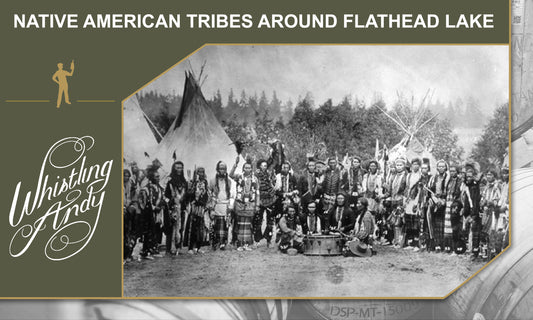The Sidecar is a cocktail known for a delicious combination of three simple ingredients: Cognac, orange liqueur, and lemon juice. This classic drink has a signature taste that flirts between sweet and sour. While the exact proportions of the ingredients can be debated (as can the addition of a sugar rim for an extra kick of sweetness), the one thing that seems certain is that this drink came to be after World War I.
Like many classic cocktails, the exact origins of the Sidecar are a bit murky. Some experts say it was invented in London, others say Paris. There’s even a theory that backs a beginning in New Orleans.
Harry MacElhone
One of several possible inventors of the Sidecar, Harry MacElhone may have created this drink at Harry’s New York Bar in Paris in 1922.
A popular story is that an American army captain frequented the bar, driven there in the sidecar of a friend’s motorbike. Looking for a pre-dinner drink to warm him, Cognac was the go-to suggestion, yet this choice was not considered appropriate so early in the evening.
Instead, the bartender mixed Cognac with lemon juice and Cointreau, creating a drink that remains a classic to this day.

Pat MacGarry
Another possible inventor of the Sidecar is Pat MacGarry, a bartender at the Buck’s Club in London. This wouldn’t have been his first cocktail, as he’s also credited with the less well-known Buck’s Fizz cocktail.
The inspiration for the drink is much the same; a friend came to the bar in a sidecar.
Some believe MacGarry may have created the drink in London and brought it to Paris, specifically to Harry’s New York Bar, where the drink quickly became famous.
Frank Meier
One of the lesser-known claims to the origin of the Sidecar is Frank Meier, a bartender at the Hemingway Bar of the Ritz Hotel in Paris, which loves to take credit for the invention of this cocktail.
New Orleans and the Brandy Crusta
While most discount New Orleans as a possible origin of the Sidecar (largely due to sidecars not yet being invented), all cocktails take their inspiration from somewhere.
The Sidecar, a brandy drink, may well have its origins in New Orleans’ popular Brandy Crusta cocktail. A Brandy Crusta consisted of spirits, water, sugar, and bitters, served in a sugar-rimmed glass to which lemon was added. Sound familiar?
1862: Jerry Thomas
Jerry Thomas published How to Mix Drinks in 1862 and included a recipe for the Brandy Crusta. The ingredients included gum syrup, bitters, brandy, Curacao, and lemon juice.
It’s thought this drink traveled abroad, where it was refined and became known as the classic Sidecar cocktail.

Famous Mentions
The Sidecar has been mentioned in numerous books throughout the years. Some of these mentions may help shed light on who the creator of this classic cocktail was.
1922: Robert Vermeire
Robert Vermeire published Cocktails How To Mix Them in May 1922. He included a recipe for the Side-Car, which consisted of equal parts lemon juice, Cointreau, and Cognac, and credited the drink to MacGarry of Buck’s Club.
1922: Harry MacElhone
A few months later, MacElhone published his famous book ABC of Cocktails. In it, he credits Pat MacGarry with the invention of the Sidecar.
However, in subsequent editions of this book, he credits himself with the creation of this drink.
1948: David A. Embury
David A. Embury published Fine Art of Mixing Drinks in 1948 and credited a friend at a bar in Paris. He mentions the story about the captain and the sidecar of the motorbike. While he doesn’t name the bar, it’s assumed he was referring to Harry’s New York Bar and owner Harry MacElhone.
A Likely Scenario
Based on when the cocktail is mentioned in books, it seems like the drink, which evolved from the New Orleans Brandy Crusta, was first refined into its modern form by Pat MacGarry in London. However, the drink didn’t become popular until MacGarry brought it to Harry’s New York Bar in Paris.

It’s All About Proportion
While MacGarry, MacElhone, and Meier all like to take credit, there was one major difference between the Sidecars each one made. MacGarry and MacElhone’s recipe calls for equal parts Cognac, orange, and lemon, while Meier’s calls for two parts Cognac, one part lemon, and one part orange.
Sweet vs Sour
The great debate with the Sidecar is whether it should be more sweet or more sour. Most of the time, it comes down to a bartender’s preference. Some make the drink equal parts orange liqueur and Cognac, while others will add simple syrup to create a sweeter taste.
A Modern Take
If you’re looking to create a classic Sidecar with a modern twist, combine two parts Cognac, one part Cointreau, and one part lemon juice. Stir well and strain into a chilled glass. Garnish with an orange wheel.
Want a vintage twist? Rim the glass with sugar first and enjoy a classic taste from the 1920s.





